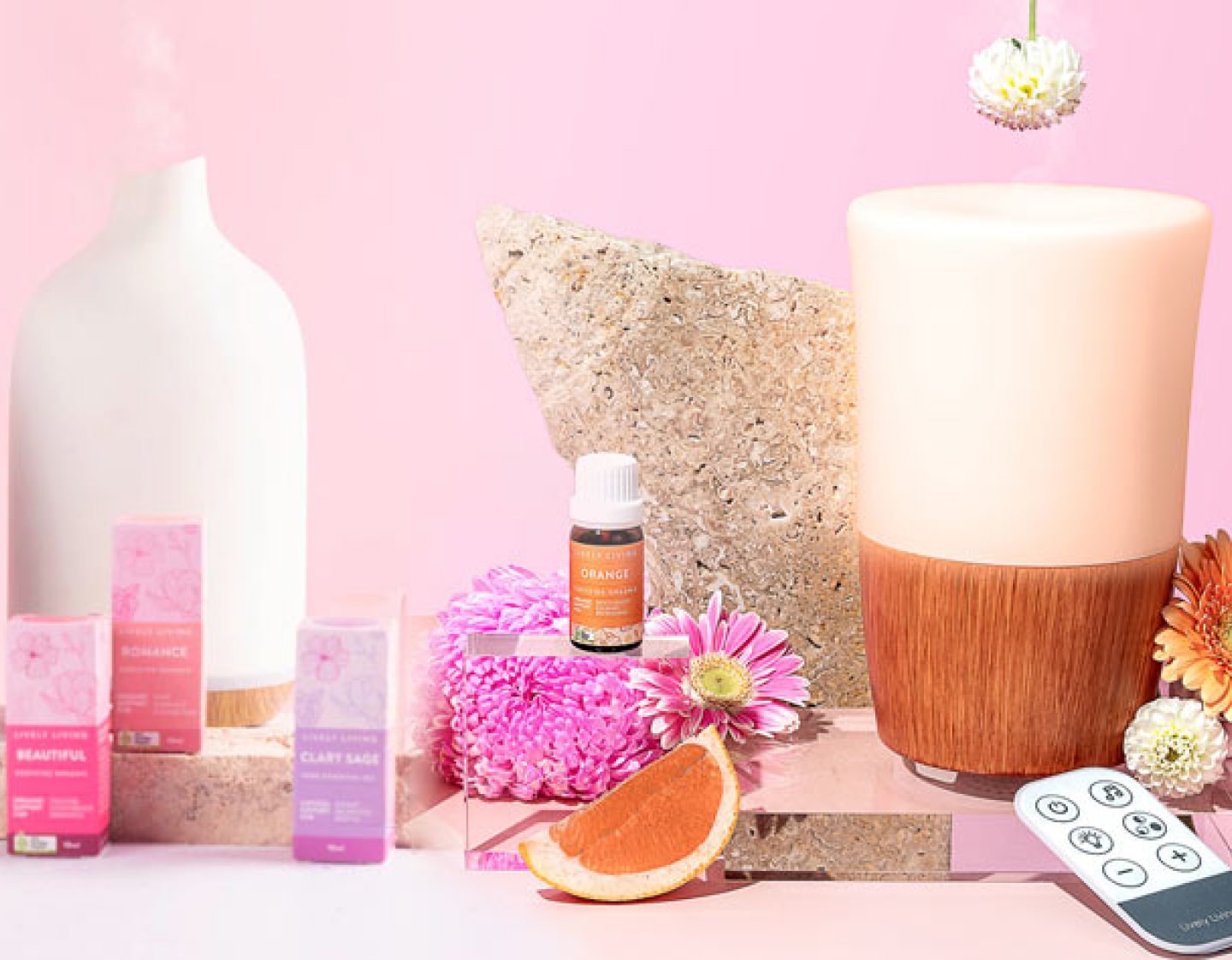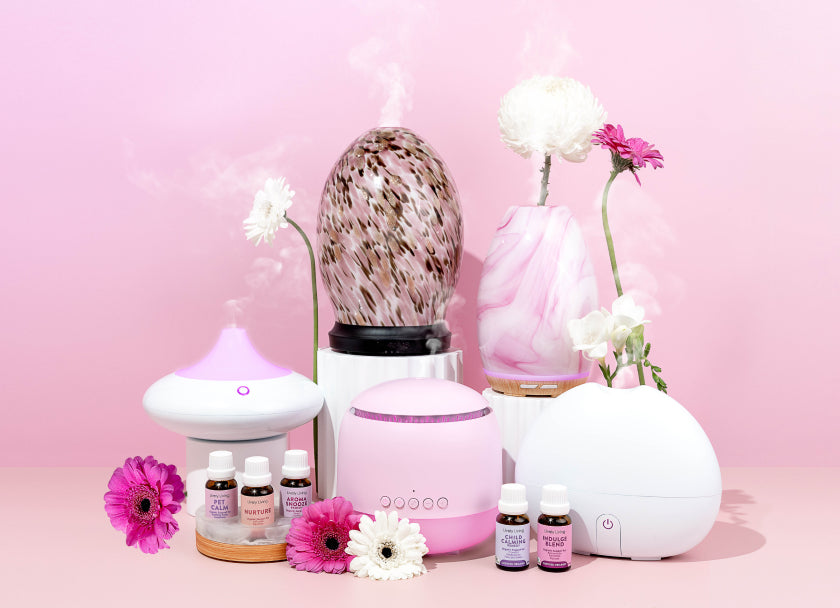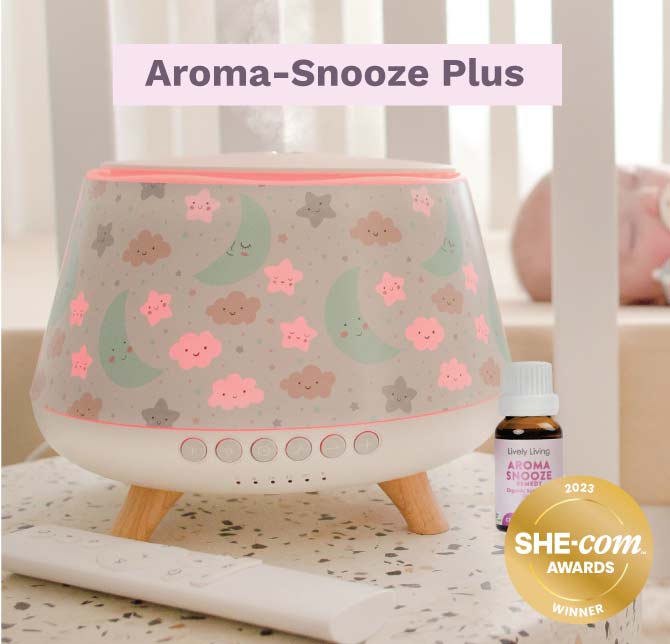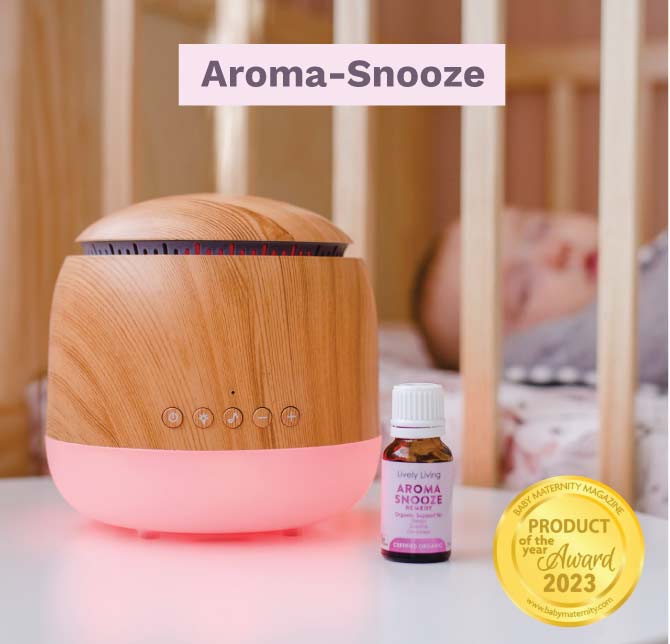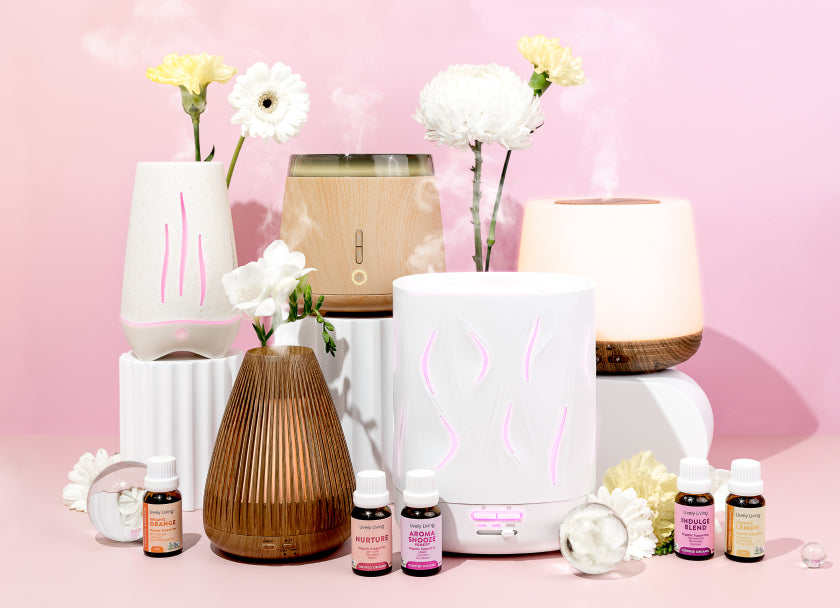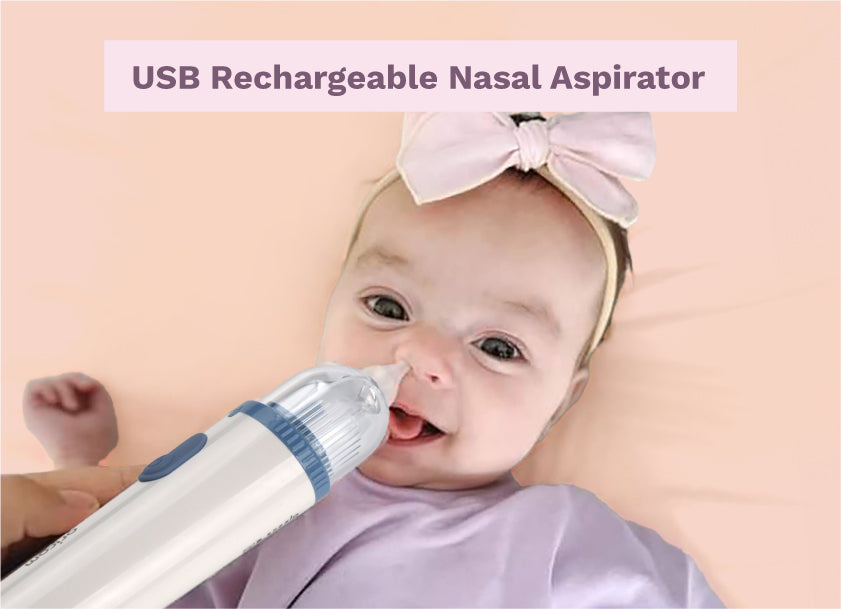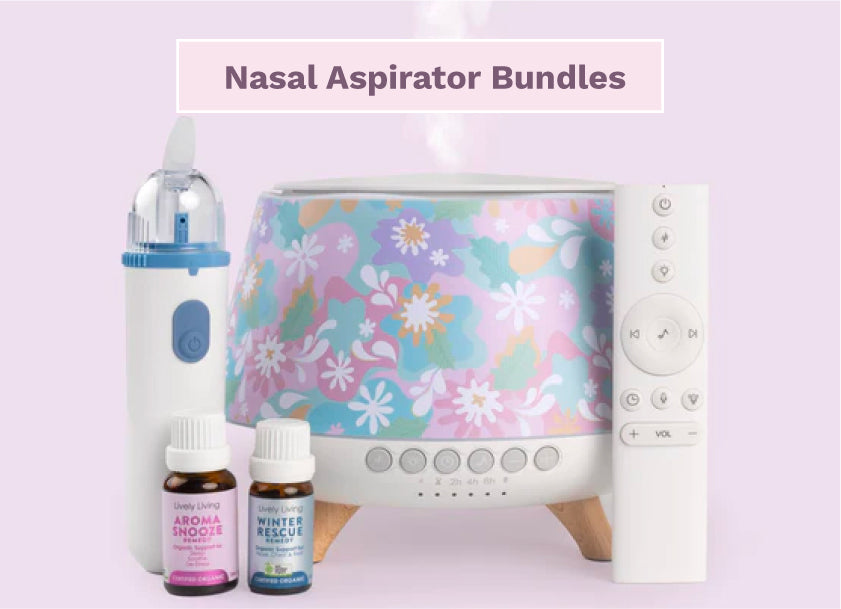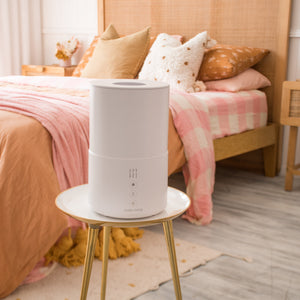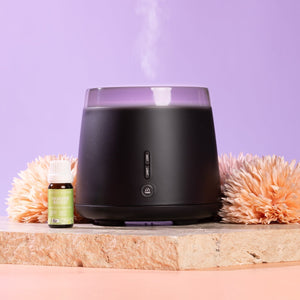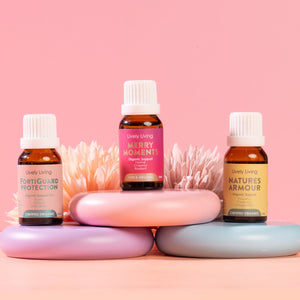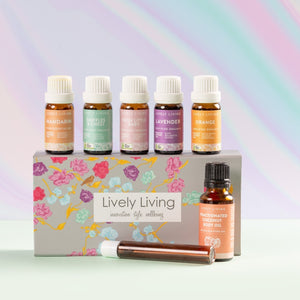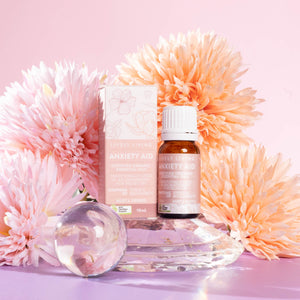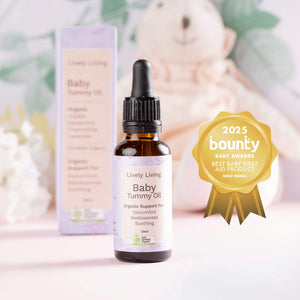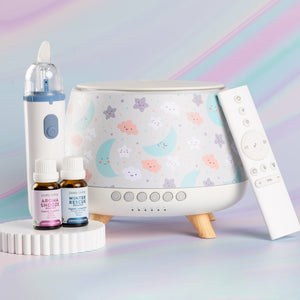How Humidifiers Work and Improve Air Quality
Understanding how humidifiers work is essential to maintaining a comfortable and healthy indoor environment. This comprehensive guide delves into the mechanics of these devices, their types, and the role they play in controlling humidity levels within your home.
We will explore the fundamental function of a humidifier and differentiate between various methods of evaporation and dispersion. This piece will delve into the concept of relative humidity, its significance, methods for measuring it and how air temperature affects it.
Lastly but importantly we will highlight proper care & maintenance practices for efficient use including preventing mold growth in cool-mist devices plus cleaning agents suitable for routine maintenance tasks. In understanding how humidifiers work you can make an informed decision on which type best suits your needs while ensuring its longevity through proper care.
Table of Contents:
- Understanding the Basics of Humidity Control and How Humidifiers Work
- Humidity: The Unsung Hero of Comfort
- Influence of House Construction Materials on Indoor Humidity Level
- Ideal Settings For Your Home's Humidifier
- Exploring Different Types Of Humidifiers
- Advantages of Using a Home-Humidifying Device
- Proper Care and Maintenance for Your Home-Humidifying Device
-
Cleaning & Maintaining a Healthy Environment Within Your Home-Humidifying Device
- FAQs in Relation to How Humidifiers Work
- Conclusion
Understanding the Basics of Humidity Control and How Humidifiers Work
To get how humidifiers work, let's first grasp the humidity control basics. All humidifiers, no matter how they do it, have one job - adding moisture to the air.
The Humidifier's Main Mission
A humidifier's main mission is to moisten dry indoor air by producing water vapor or steam. This helps maintain a comfortable level of humidity indoors, especially during chilly weather when heating systems dry out the air.
Different Methods, Same Goal
Humidifiers use different methods to evaporate water into your home's atmosphere. Some use heat (steam vaporizers), others use high-frequency vibrations (ultrasonic models), and some use rotating discs (impeller types). Each method has its perks, like noise levels, energy efficiency, or safety around kids.
Comprehending these basics can help you pick the right humidifier for your requirements. Whether you want relief from dry winter skin or a cozy home during colder months, there's an ideal Lively Living humidifying solution just for you.

Humidity: The Unsung Hero of Comfort
Humidity, the sneaky player in our daily lives, quietly affects our comfort levels. But when it goes too far in either direction - too dry or too humid - it makes its presence known. Enter relative humidity, the superhero of measuring water vapor in the air. It helps scientists compare humidity levels across rooms with different temperatures.
What's the Deal with Relative Humidity?
Relative humidity is a percentage that tells us how much moisture the air holds compared to its maximum capacity at a specific temperature. Picture this: if your room has 50% relative humidity, it's only holding half the moisture it could potentially hold at that temperature.
Temperature: The Humidity Puppet Master
Air temperature plays a starring role in these percentages. Warmer air can hold more moisture than cooler air, which explains why you feel sticky and uncomfortable on scorching summer days. High temperatures lead to increased evaporation, resulting in higher indoor relative humidity.
On the flip side, cold winter weather lowers indoor relative humidity. Low outdoor temperatures mean decreased evaporation rates, leaving you with dry skin and respiratory discomfort. Therefore, it is essential to maintain one's health during the cold season through reliable instruments like hygrometers for monitoring indoor humidity levels.
To maintain the perfect balance, you need reliable devices like hygrometers to monitor your surroundings accurately. These gadgets ensure year-round healthy living spaces. So, next time you're feeling parched despite chugging fluids, check your home's hydration levels. It might just need a little adjustment.
Influence of House Construction Materials on Indoor Humidity Levels
Your home's construction materials have a big say in controlling indoor humidity. Brick, concrete, or wood - each material has its own moisture magic.
Role of House Construction Materials on Indoor Climate Regulation
Brick and concrete are thermal mass champs. They soak up heat during the day and release it slowly at night, keeping temperature swings in check and condensation at bay.
Wooden houses, on the other hand, are the breathers of the bunch. They take in dampness when it's sticky and hand back the moisture when things are arid. Mother Nature's humidity heroes.
Insulation is also a key player. It keeps the heat inside and the cold outside, helping maintain the perfect humidity range of 30% to 50%.
For efficient humidification, try certified organic essential oils with ultrasonic aromatherapy diffusers or humidifiers from Lively Living. They'll add moisture and make your home smell amazing.
Ideal Settings For Your Home's Humidifier
When it comes to creating a comfy indoor vibe, nailing the humidity level is key. Shoot for 30% to 50% - the sweet spot for your humidifier. Just remember, built-in meters might give slightly different readings depending on their location.
The best settings for your home's humidification needs
Your ideal setting depends on factors like climate, season, and personal comfort. In winter, when heating dries out the air, go for the higher end. In humid climates or summer, a lower setting is better.
But hey, these are just guidelines. Everyone's different, so consider health conditions and specific needs. Skin sensitivity or respiratory issues? Adjust accordingly.
For accurate readings, grab a hygrometer. It measures humidity, helping you fine-tune settings for ultimate comfort in every room.
- Maintain: Keep a consistent level across all rooms, especially the ones you use the most.
- Monitor: Regularly check for changes and make adjustments. Keep the humidity level from dropping too far below 30%, or rising beyond 60%.
- Tweak: Experiment a bit to find what works best for your unique situation. There's no one-size-fits-all solution.
Exploring Different Types Of Humidifiers
Humidifiers come in a variety of types, each with their own unique mechanisms to increase the moisture level in your home. From boiling water to ultrasonic vibrations or rotating discs, these devices offer specific benefits tailored to your preferences and requirements.
Warm Mist vs Cool Mist - An Overview
A warm mist humidifier heats water until it turns into steam, adding warmth and humidity to your space. On the other hand, cool mist humidifiers use ultrasonic vibrations or spinning discs to create a cool mist, perfect for warmer climates and energy efficiency.
Evaporative, Impeller, And Ultrasonic - A Closer Look
The evaporative humidifier uses a fan to blow air over a wet wick filter, allowing for natural evaporation. The impeller variant flings water at a diffuser, creating fine aerosol mists. Ultrasonic models use sound waves to generate soothing cool fog. Each kind has its own advantages and disadvantages, including noise levels, expense-efficiency, upkeep requirements and operational productivity.
Whether you choose a warm mist, evaporative, or ultrasonic humidifier, maintaining optimal indoor humidity levels is crucial for comfort and health. Say goodbye to dry skin and respiratory discomfort caused by dry winter air.
Advantages of Using a Home-Humidifying Device
Using a home-humidifying device is like giving your indoor air a refreshing spa treatment. It not only adds moisture but also brings a whole bunch of benefits to the table. Say goodbye to dryness and hello to comfort and health.
Making Winter Living Cozier with Moisture
Winter can be a real party pooper, drying out your skin and making you feel like a shriveled raisin. But fear not. A humidifier can save the day by maintaining optimal humidity levels, making your living space as cozy as a warm hug.
Banishing Dry Skin Woes with Moisture Magic
Winter is notorious for causing dry skin, leaving you feeling like a flaky pastry. But fret not, my friend. A humidifier can work wonders by adding moisture to the air, relieving itching and flaking. It's like a spa day for your skin.
And guess what? Using a humidifier might even save you some dough. By making the air feel warmer, it can help lower your heating costs during those chilly winter months. It's like getting a discount on coziness.
Caring for Your Humidifying Hero
To keep your humidifying hero in top shape, give it some TLC. Regular cleaning is a must to prevent mold and bacteria from throwing a party in your device. Make sure to keep the water tank topped off, as instructed. Follow the manufacturer's guidelines for maintenance, and you'll enjoy optimal performance and a long-lasting relationship with your humidifier. Remember, mold is not a welcome guest.
Proper Care and Maintenance for Your Home-Humidifying Device
Take care of your home-humidifying device to keep it safe and efficient. Regular cleaning is a must to prevent mold and bacteria growth. Don't let your humidifier become a science experiment.
Preventing Mold and Bacterial Growth
Clean your humidifier regularly to avoid nasty surprises. Empty and dry the water tank after each use. Give it a deep clean with vinegar or bleach once a week. Remember, standing water is a no-no according to the CDC. Say goodbye to microbial invaders.
Refilling Frequency and Energy Usage
Keep an eye on humidity levels with an indoor hygrometer. If they drop below 30%, it's time for a refill. Consider getting a humidifier with a built-in humidity sensor for automatic adjustments. Save time on refills, but be mindful of energy consumption. It's a balancing act.
And don't forget, proper care means proper storage. Shield your humidifier from warmth when not in use. Let's keep those internal components cool and happy.
Cleaning & Maintaining a Healthy Environment Within Your Home-Humidifying Device
Keep your home-humidifying device clean and sanitized to maintain a healthy indoor environment. Don't let bacteria and mold throw a party in your device - clean it regularly. Use vinegar or bleach to prevent these uninvited guests from taking over.
Cleaning Agents Suitable for Routine Maintenance Tasks
Vinegar is a natural cleaning superhero that can remove mineral deposits left by hard water. Its acidic powers dissolve these residues, making them easier to scrub away. If you prefer a stronger hero, bleach is a disinfectant that can kill bacteria and mold on contact.
- Vinegar: Fill half of the humidifier tank with white distilled vinegar, let it sit for 30 minutes, then rinse thoroughly.
- Bleach: Dilute bleach properly (1 part bleach to 10 parts water), apply to affected areas, and rinse thoroughly after each use.
Recommended Cleaning Schedule Based on Seasonal/Yearly Usage
Keep your equipment in top shape by following the manufacturer's cleaning schedule. Clean weekly during colder seasons or monthly otherwise. If you spot any mold growth, clean it up immediately - the Environmental Protection Agency (EPA) agrees.
And remember, always empty the reservoir after each use. Stagnant water is a breeding ground for harmful microorganisms. Don't let them party in your humidifier.
FAQs in Relation to How Humidifiers Work
Is it good to sleep with a humidifier?
Sleeping with a humidifier can improve indoor air quality and help alleviate dry skin, throat irritation, and other symptoms caused by dry air.
What are the benefits of a humidifier?
A humidifier can help relieve congestion, reduce snoring, and even prevent dry eyes and lips.
How does an indoor humidifier work?
An indoor humidifier works by adding moisture to the air through evaporation or ultrasonic technology.
Do you leave the humidifier on all night?
You can leave your humidifier on all night if it has an automatic shut-off feature when the water runs out.
Conclusion
By controlling humidity levels, you can say goodbye to dry skin, create a cozy living space in winter, and regulate the impact of construction materials on your home's climate.
Different types of humidifiers offer various methods of evaporation and dispersion to suit your needs. Don't forget to give your home-humidifying device regular TLC to prevent mold growth in cool-mist devices and follow a recommended cleaning schedule.
Overall, a humidifier can bring you benefits galore - from improved air quality to better moisture control. So, get one and breathe easy!

